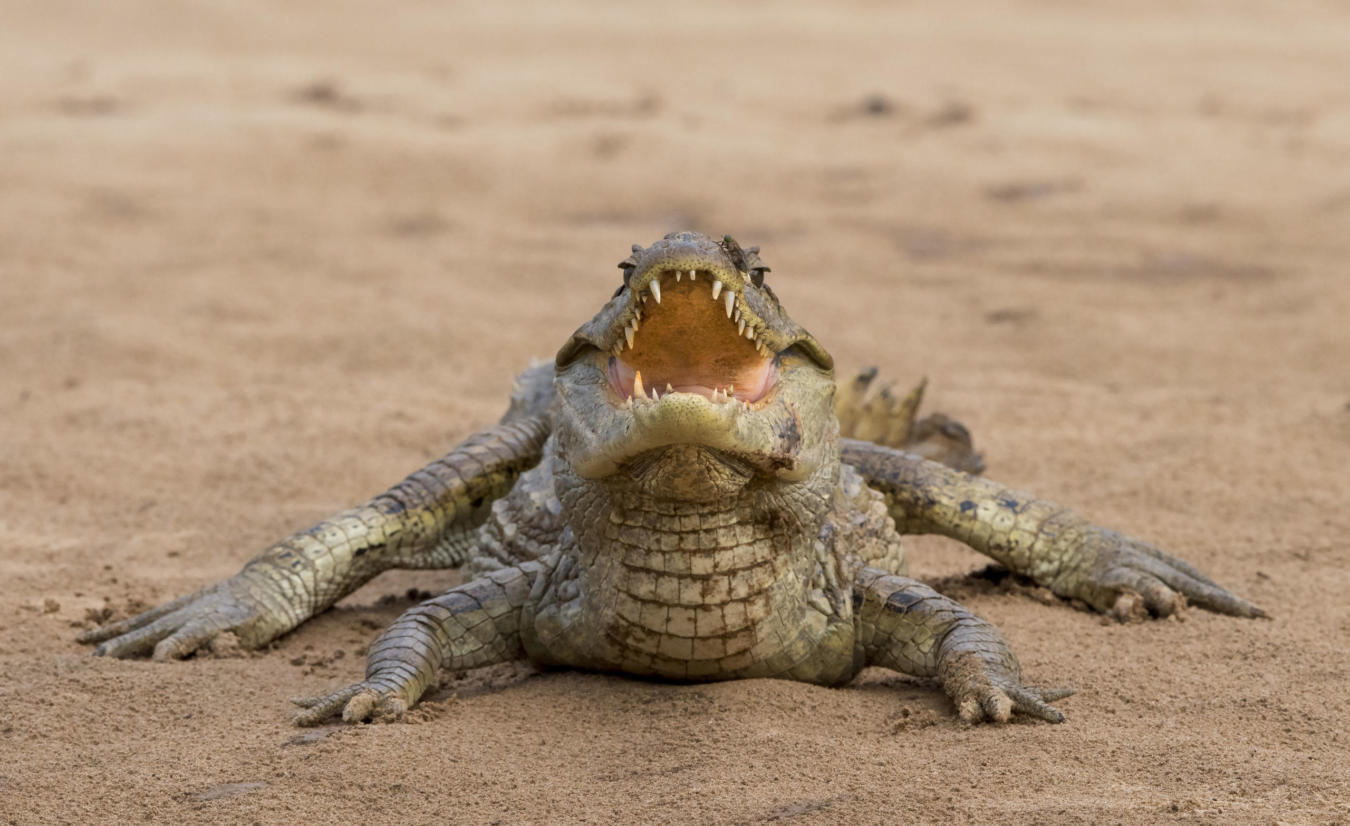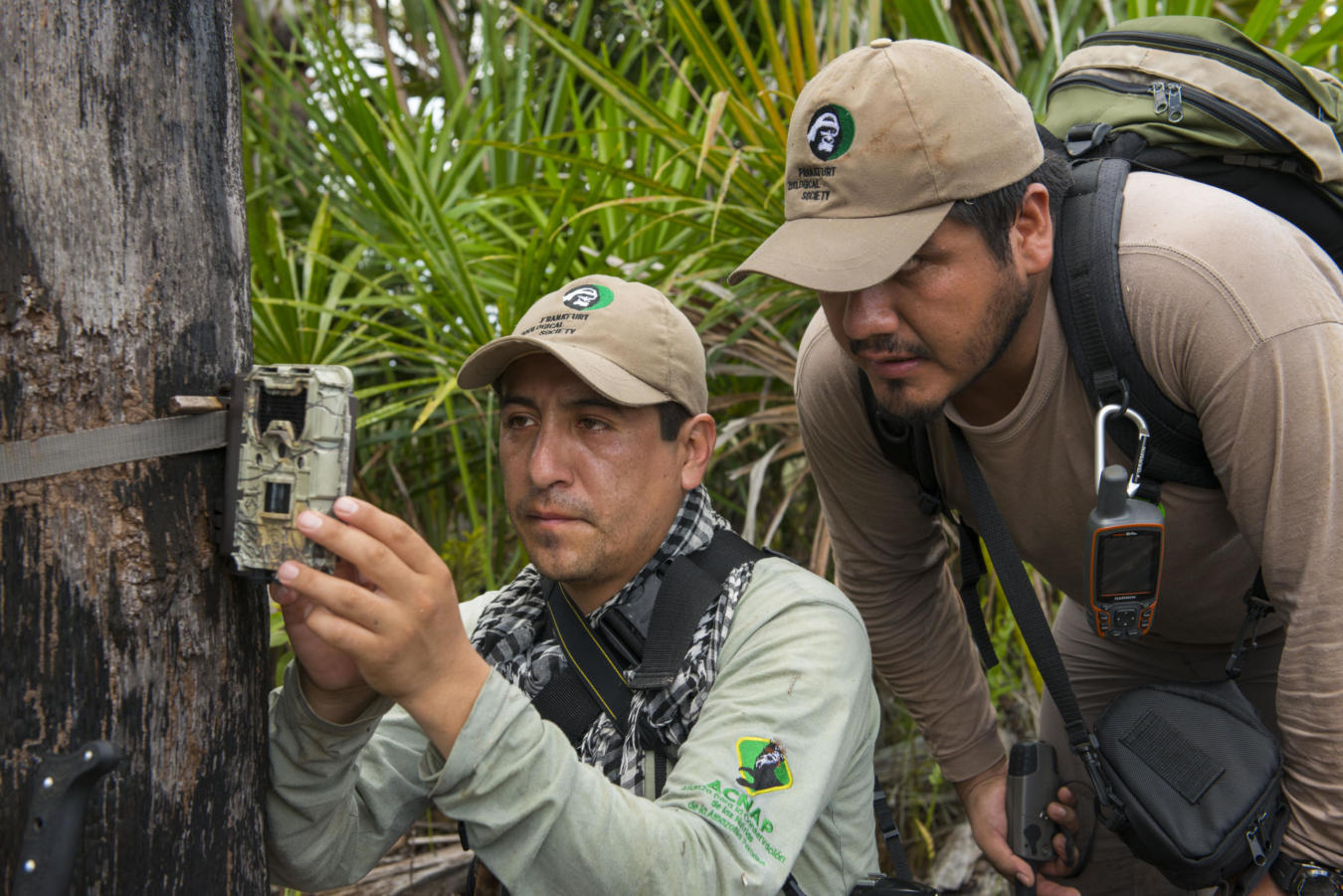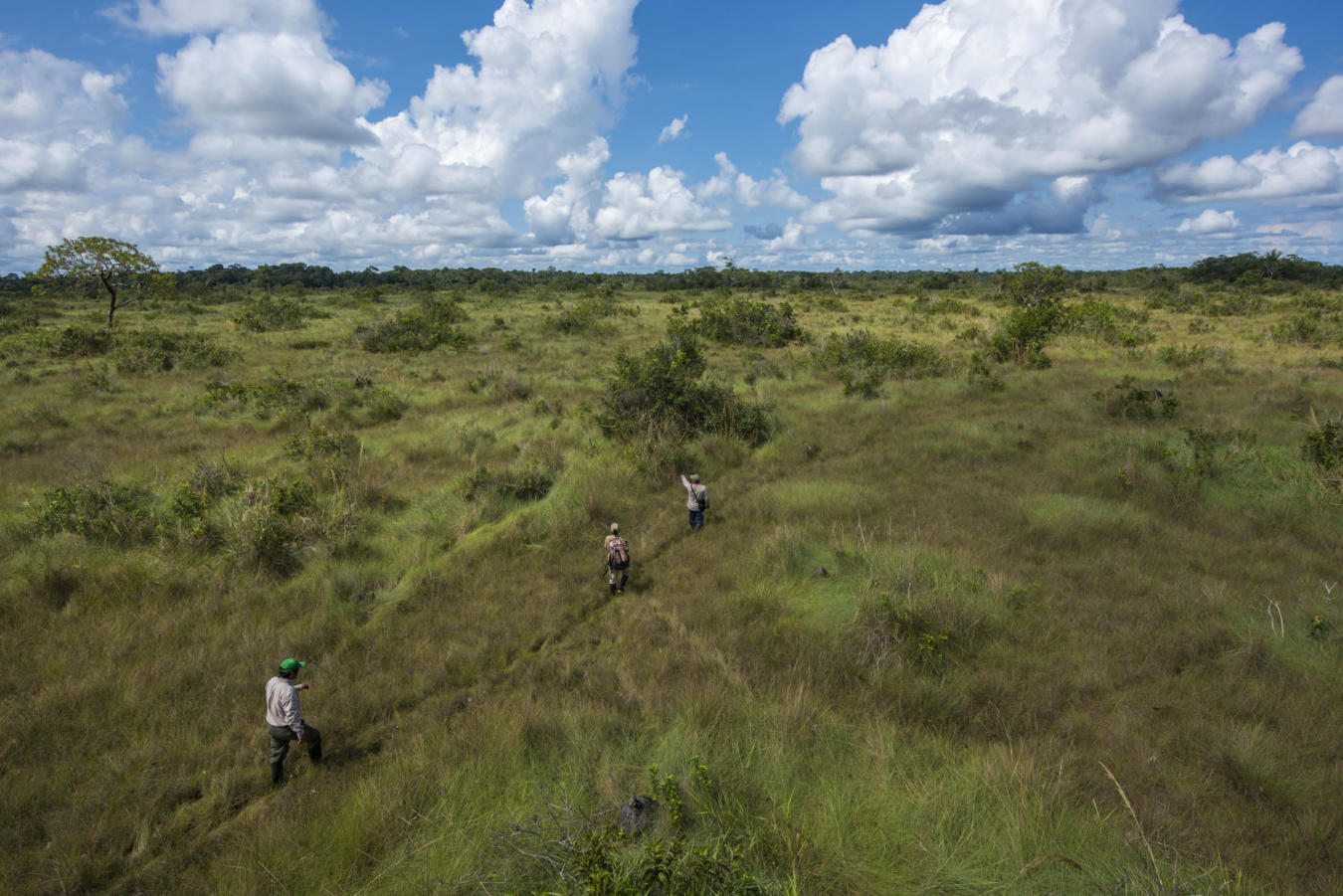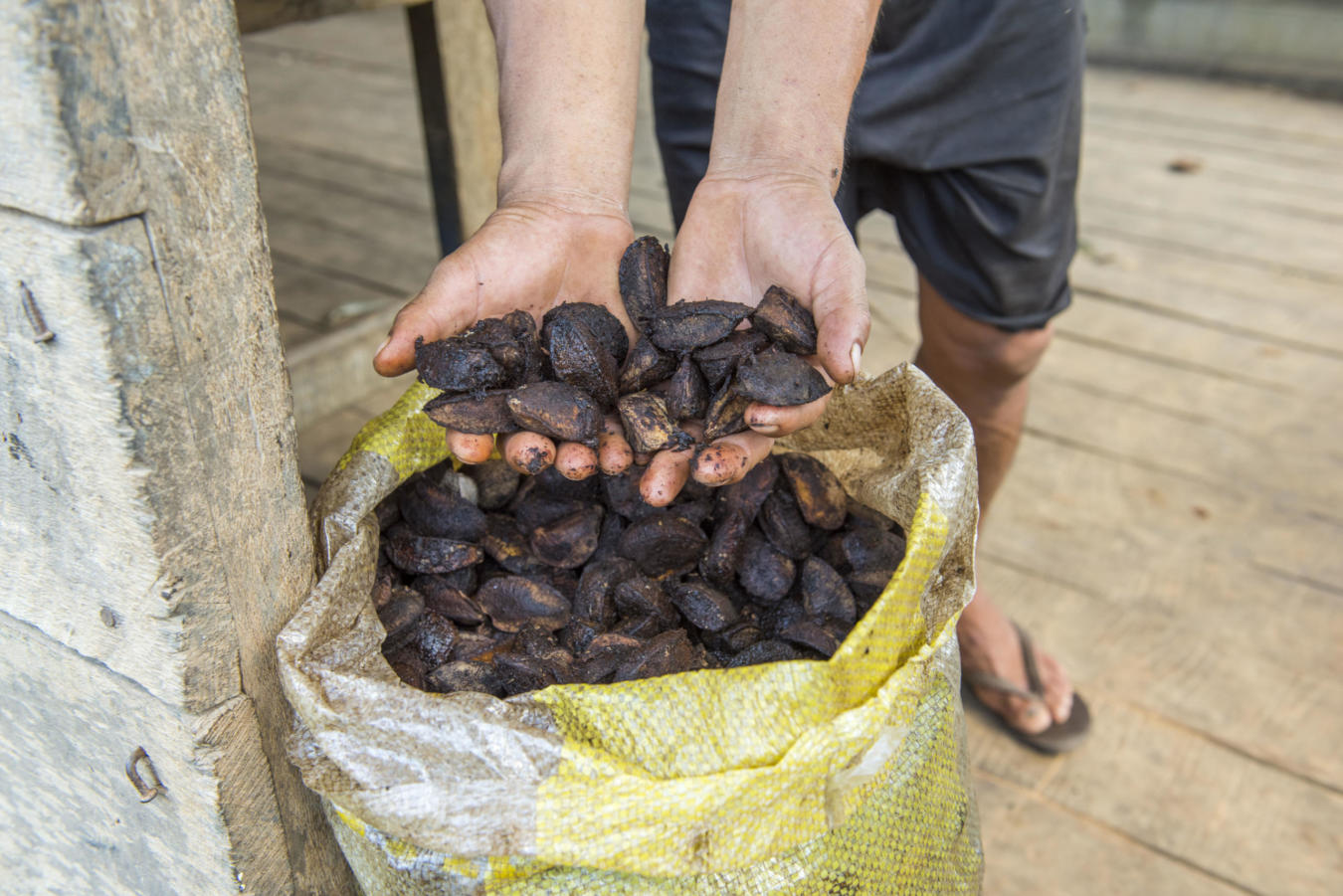
The Bahuaja Sonene Tambopata landscape is located in the Madre de Dios and Pun districts of Peru, it includes the Bahuaja Sonene National Park and the Tambopata National Reserve, bordering Madidi National Park in Bolivia. It protects a mosaic of ecosystems from the highlands to the Amazon lowlands and includes important tropical montane forests and tropical humid savannas (Pampas del Heath).
The landscape contains about 20% of Peru’s species, including over 600 bird species, 180 mammal species, over 1,200 butterfly species and protects the endangered giant otter, the vulnerable yellow-spotted river turtle as well as a variety of savanna species that only occur in this part of Peru such as the marsh deer and maned wolf.
Due to their location, both protected areas are critically important in the protection of water resources flowing from the catchment areas in the highlands of the Andes into the Amazon basin.
In addition to providing fresh water to downstream users, these headwaters also provide breeding and nursery areas for a variety of important fish and river turtle species and are a critical source of food for indigenous communities in those areas that have ancestral rights to use the natural resources within this territory. The incredibly rapid expansion of illegal gold mining in rivers as well as agricultural expansion for illegal coca cultivation are threatening the integrity of the protected areas, their rivers, and their biodiversity value.
- Project: Support the management of the protected areas of the Bahuaja Sonene Tambopata landscape
- Bahuaja Sonene National Park: 10,914 km²
- Tambopata National Reserve: 2,746 km²
- Buffer zone: 4,500 km²
- Project leader: Kevin Ibanez
- Bahuaja Sonene and Tambopata
- How we support Bahuaja Sonene and Tambopata
- Partners
- back to top
- Remote surveillance through high-resolution satellite data, overflights, and the use of drones to detect illegal activities
- Construction, equipment, and maintenance of control posts for park rangers
- Support protected area management to undertake patrols in remote areas and capacity building of park guards
- Support Peruvian authority of natural protected areas, SERNANP, in their law enforcement operations against illegal activities in the buffer and core zones of the protected areas, especially against alluvial gold mining activities
- Facilitate the regular participation of protected area staff in binational activities with Madidi National Park in Bolivia
- Annual monitoring of the conservation status of giant otters that serve as an indicator of aquatic ecosystem health
- Monitoring the extraction of eggs from nests and carry out population evaluations of the Yellow-spotted River turtles
- Facilitate regular meetings for the protected areas management committees in the landscape, and provide special funding to allow indigenous federations to attend those meetings.
- Facilitate environmental education for school students, local people, and visitors to protected areas through an awareness and information program in education and visitor centers
- Raise awareness about the importance of biodiversity and the benefits of protected areas for the well-being of local people with a special focus on the occurrence and prevention of pandemics
- Support capacity building of teachers in Sonene and Palma Real in environmental education
- Promote the participation of authorities, local populations in events, which strengthen the protection and conservation of the landscape
Successful conservation is always the result of great teamwork. We collaborate with local communities, national authorities, and conservation organizations. Our partners make our conservation work possible.
-
 Peruvian authority of natural protected areas (SERNANP)
Peruvian authority of natural protected areas (SERNANP) -
 Ministerio de Cultura Peru (MINCUL)
Ministerio de Cultura Peru (MINCUL) -
 Fondation Segré
Fondation Segré -
 Asociación para la Investigación y Desarrollo Integral (Aider)
Asociación para la Investigación y Desarrollo Integral (Aider) -
 Centro de Innovación Científica Amazónica (CINCIA)
Centro de Innovación Científica Amazónica (CINCIA) -
 Wildlife Conservation Society (WCS)
Wildlife Conservation Society (WCS)
























